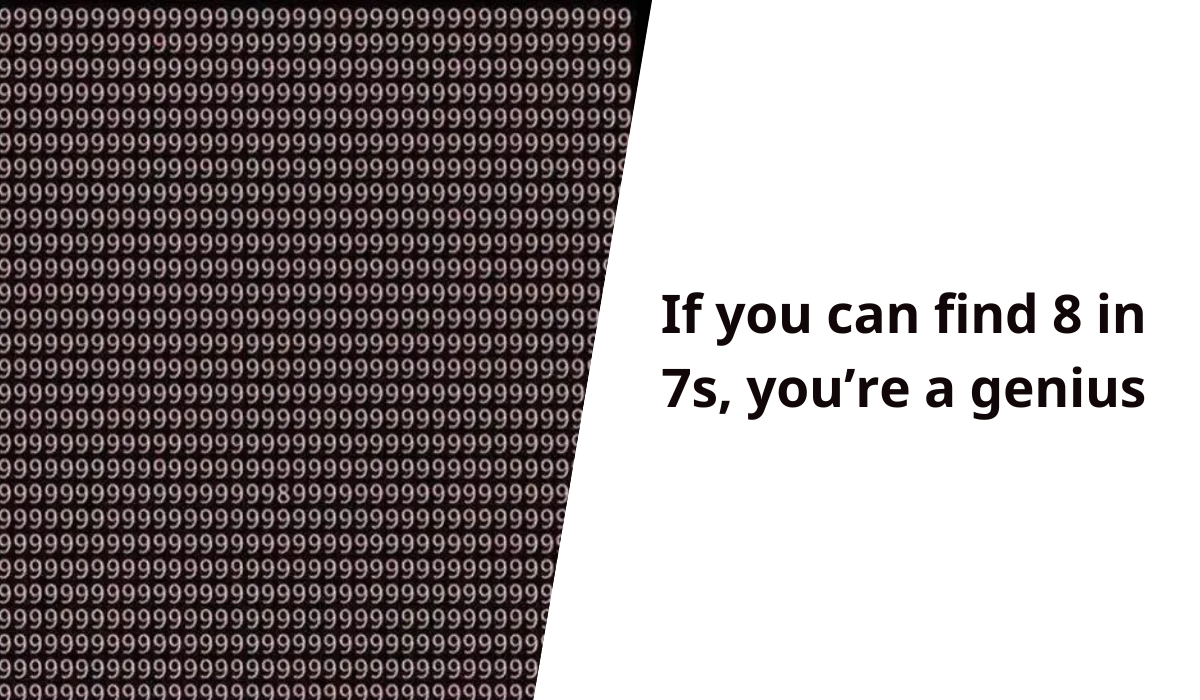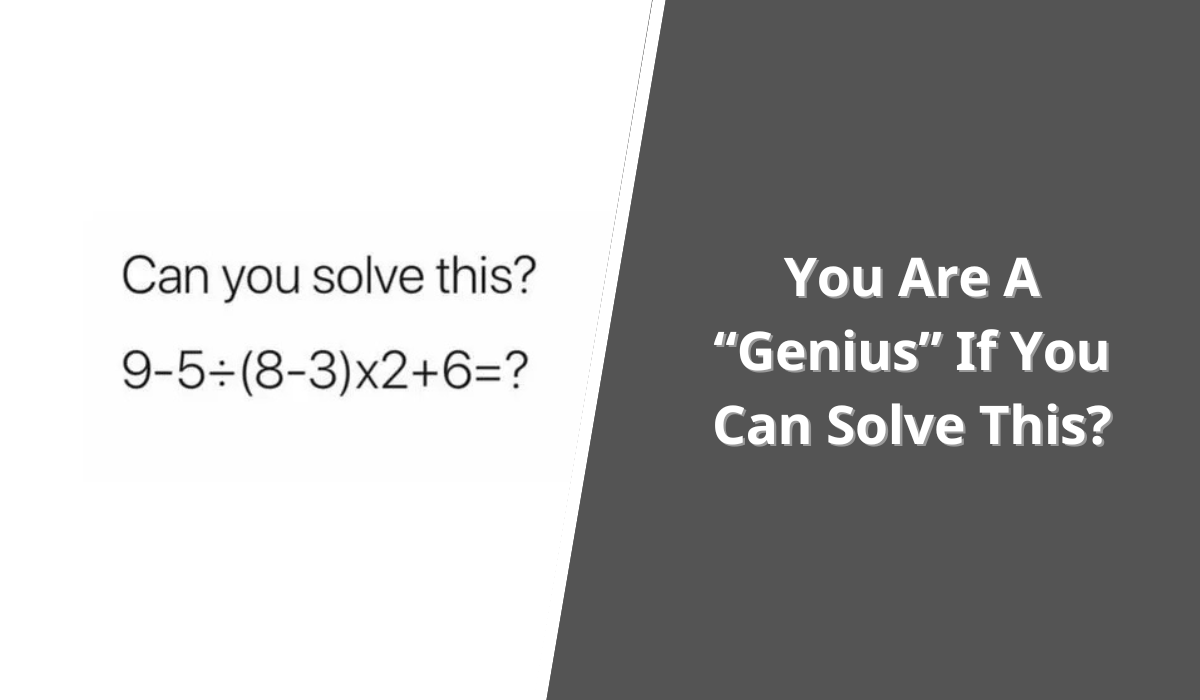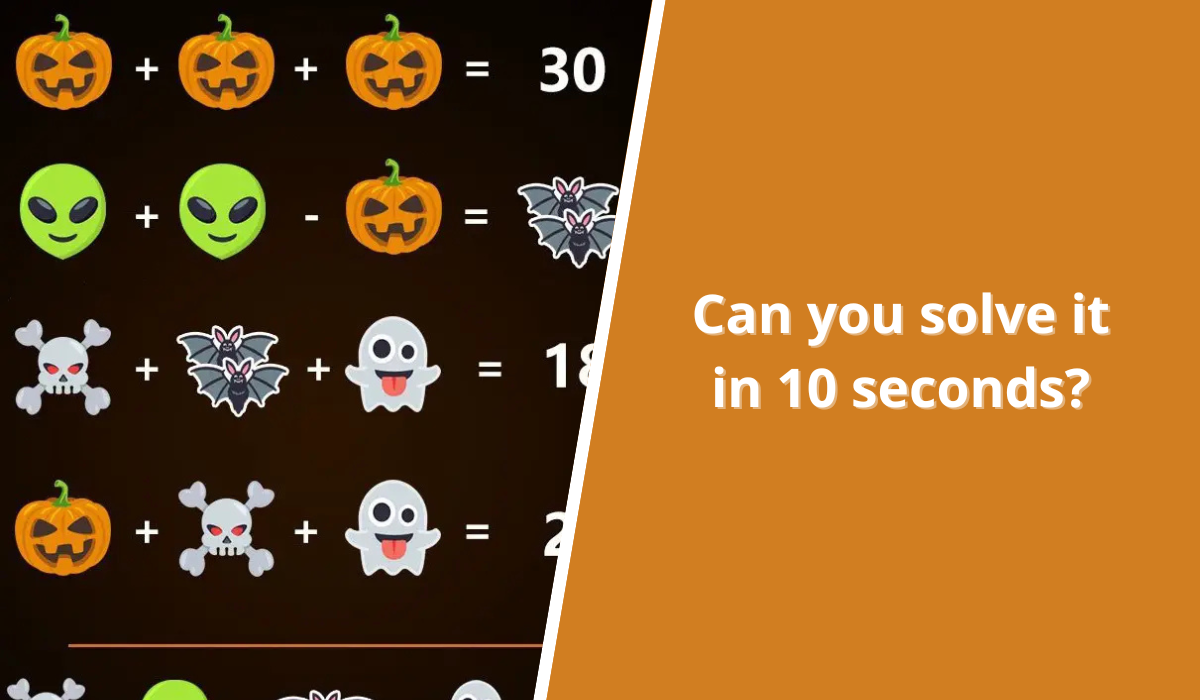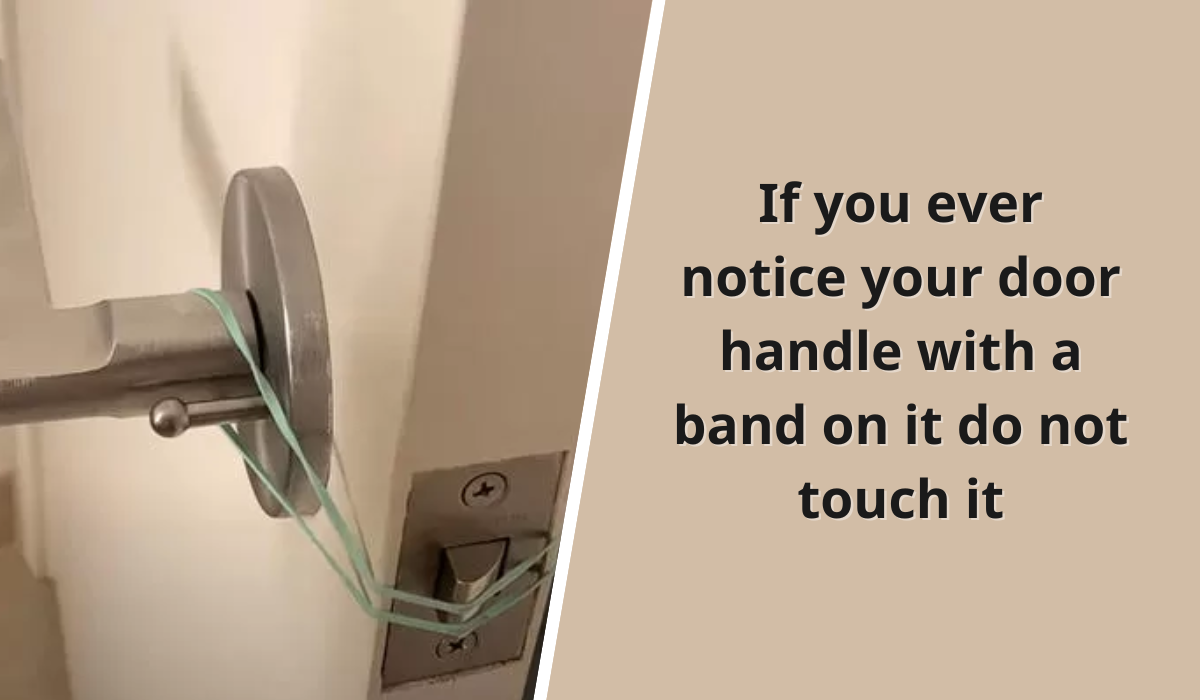Before you reach for your calculator, let’s break it down step by step.
Spoiler alert: the answer might not be what you expect!
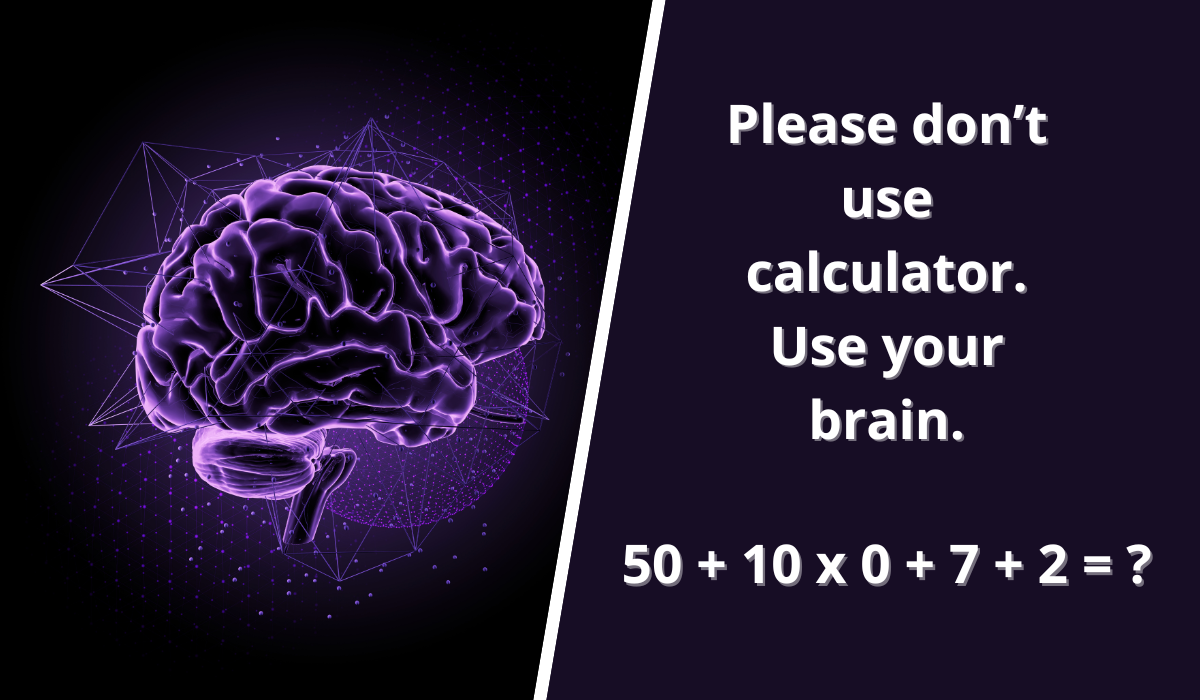
The Answer Right Away: It’s 59!
Wait, what? How did we get 59? If you’re scratching your head right now, don’t worry. Let’s explain the process behind this seemingly simple arithmetic problem and make sure you never get tricked by it again.
Breaking Down the Question: The Order of Operations
At first glance, you might be tempted to simply move left to right in the equation:
50 + 10 x 0 + 7 + 2.
But this leads to confusion. The key to solving this puzzle lies in understanding PEMDAS (also known as BODMAS in the UK), which dictates the order in which operations should be performed in math:
- Parentheses (or Brackets)
- Exponents (or Orders)
- Multiplication
- Division
- Addition
- Subtraction
This is crucial! Multiplication comes before addition, meaning you can’t just add things from left to right. Instead, you must first deal with any multiplication or division, and only then handle the addition and subtraction.
Step-by-Step Solution
Let’s walk through the equation step by step using PEMDAS:
- 50 + 10 x 0 + 7 + 2
First, tackle the multiplication, since it comes before addition in the order of operations:
- 10 x 0 = 0
Now, the equation becomes:
50 + 0 + 7 + 2 - Add the remaining terms together:
50 + 0 + 7 + 2 = 59
Common Mistakes People Make
Math tricks like this one often lead to errors, especially when we’re in a rush or haven’t dusted off our mental math skills in a while. Let’s look at two common mistakes people tend to make:
1. Doing Everything from Left to Right
Many people instinctively add from left to right without considering the order of operations. In our case, if you ignored PEMDAS and simply moved left to right, you’d start with:
- 50 + 10 = 60
- 60 x 0 = 0
- 0 + 7 = 7
- 7 + 2 = 9
This incorrect path gives you an answer of 9, which is nowhere close to 59!
2. Forgetting Multiplication Comes First
Another common pitfall is forgetting that multiplication takes precedence over addition. In this case, multiplying 10 by 0 right away simplifies the equation dramatically, but if you overlook that, you’ll end up with an incorrect result.

